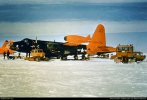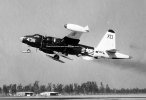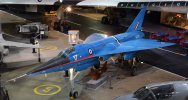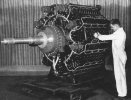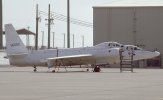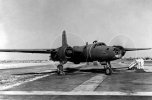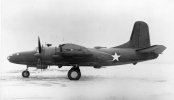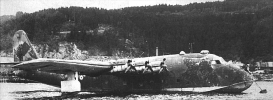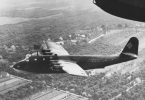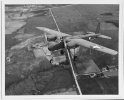There was an executive version of the Focke Wulf 200 Condor that was used by Hitler and staff during WW2. Originally designed as an airliner with 4 Pratt & Whitney Hornet 875 HP engines, it was the first aircraft to fly non-stop from Berlin to NYC. Later variants were powered by Bramos 323 9 cylinder radial engines producing 1,085 HP.
Short 8 minute video detailing Hitler nearly being overrun by advancing Soviet tank forces as he visited the Eastern Front in February 1943. The registration number was D-2600 and named “Immelmann III”, piloted by WW1 ace Hans Baur who had been Hitler’s personal pilot since the early 1930’s, the copilot was Georg Betz.
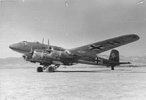
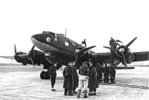
Short 8 minute video detailing Hitler nearly being overrun by advancing Soviet tank forces as he visited the Eastern Front in February 1943. The registration number was D-2600 and named “Immelmann III”, piloted by WW1 ace Hans Baur who had been Hitler’s personal pilot since the early 1930’s, the copilot was Georg Betz.



